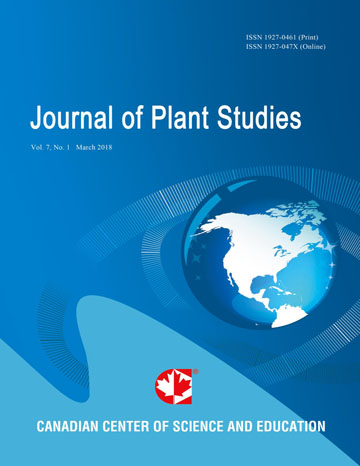Competition Indices Identify Forb Species That Promote Overyielding of a Dominant Grass in Grassland Restoration
- Drew A. Scott
Abstract
Overyielding is a common phenomenon. Overyielding of dominant grasses when in competition with common forbs during grassland restoration could lead to lower plant diversity. My objective was to characterize overyielding of Andropogon gerardii in competition with fcommon forbs. I collected soils representing different stages of restoration (0, 4, and 16 years restored) and conducted a pairwise competition experiment with a dominant grass, Andropogon gerardii, in competition with four subordinate forbs (Oligoneuron rigidum L., Liatris punctata Hook, Lespedeza capitata Michx., or Desmanthus illinoensis Michx.). Relative yield indices (RY) were calculated by comparison with a two-individual monoculture of A. gerardii with both per grass biomass and per grass net absolute tiller appearance rate (TAR). Overyielding of A. gerardii was in competition with Oligoneuron rigidum was indicated by RY values (greater than1) using both biomass and TAR measurements. These findings suggest that O. rigidum should be given low priority for inclusion in tallgrass prairie restoration seed mixes.
- Full Text:
 PDF
PDF
- DOI:10.5539/jps.v9n1p28
Index
- AGRICOLA
- CAB Abstracts
- CABI
- CAS (American Chemical Society)
- CNKI Scholar
- Elektronische Zeitschriftenbibliothek (EZB)
- Excellence in Research for Australia (ERA)
- Google Scholar
- JournalTOCs
- Mendeley
- Open policy finder
- Scilit
- Standard Periodical Directory
- Technische Informationsbibliothek (TIB)
- WorldCat
Contact
- Joan LeeEditorial Assistant
- jps@ccsenet.org
